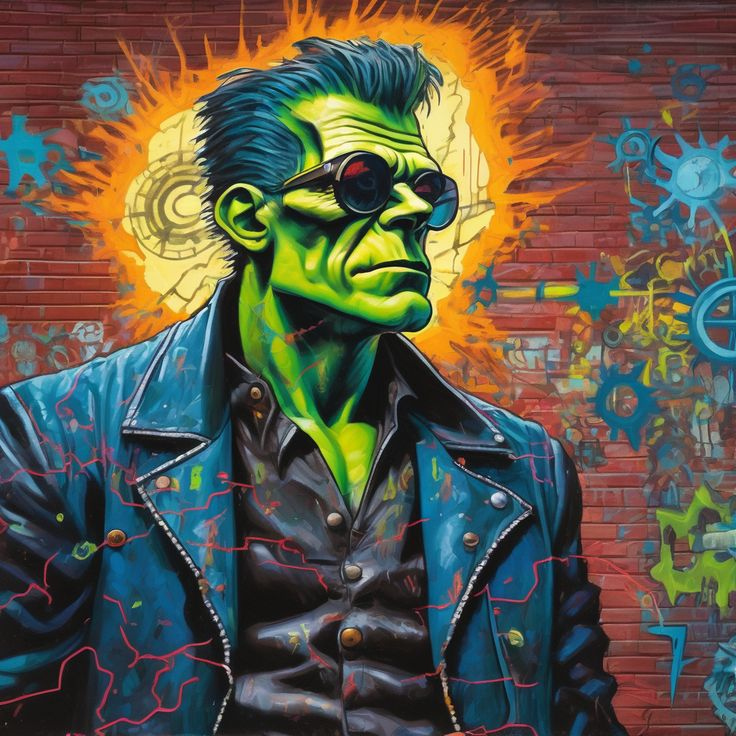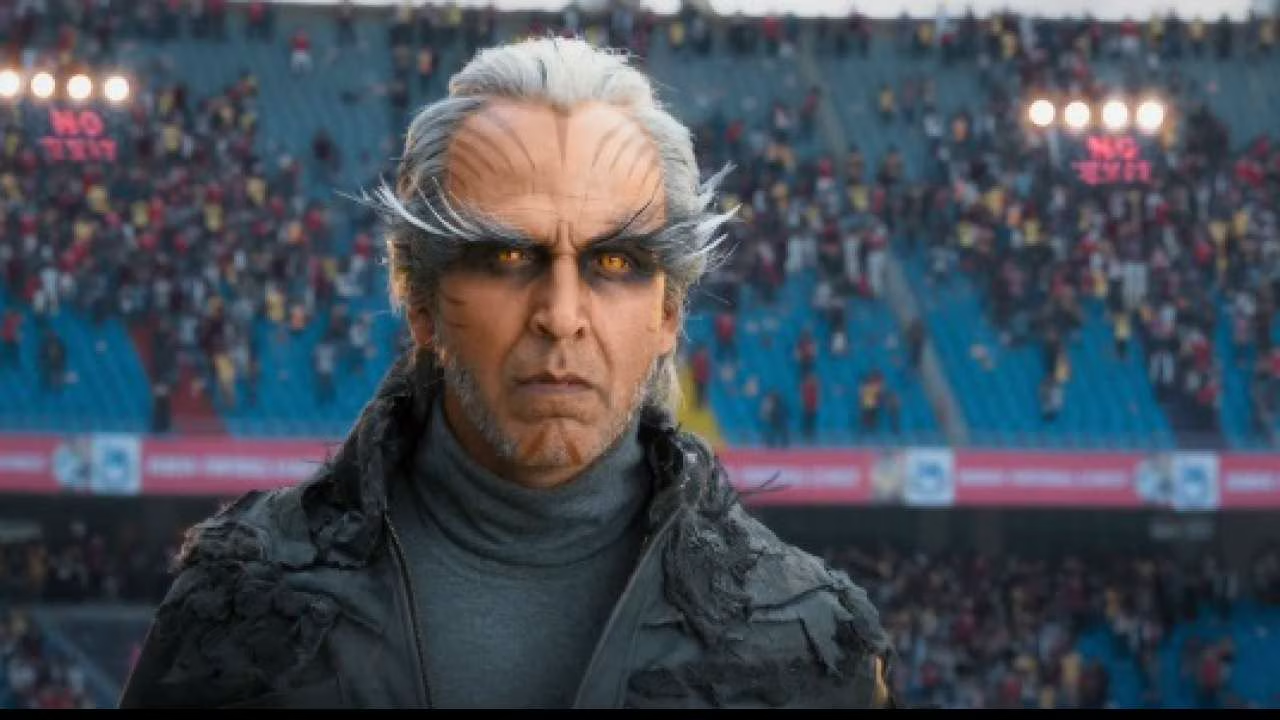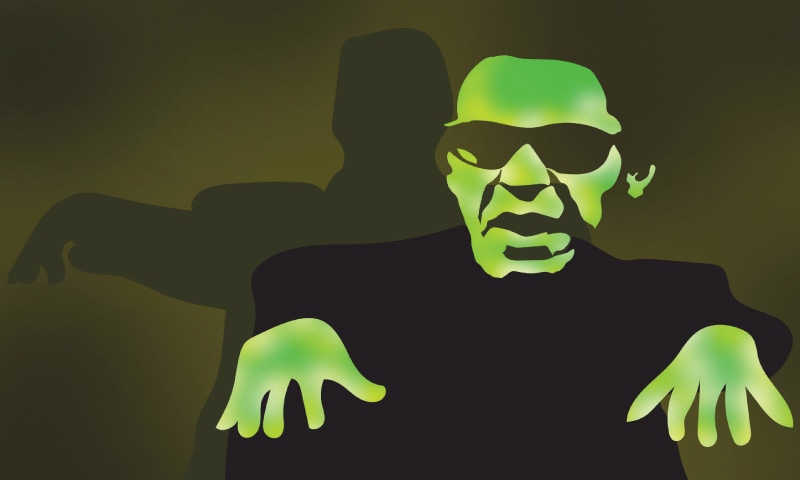A Cultural Studies Approach to "Frankenstein"
Hello, this blog is based on cultural reflection and relevance of Mary Shelley's novel Frankenstein which was published in 1818, and still relevant in the contemporary time.
Mary Shelley's "Frankenstein" has influenced both high-brow and popular culture, featured up in the movies, TV shows, and even products like toys and clothes. Written during a time of revolution, the novel questions science, politics, and gender roles. However, as it has become more commercialized, some wonder if its original rebellious message has been lost. The creature represents both the oppressed working class and the feared outsider, highlighting society’s mix of fear and sympathy for marginalized people. Shelley's story still feels relevant today, reflecting our concerns about technology and finding our true identity.
Creature's Paradoxical Nature
The Creature can be seen as a symbol of the masses or lower classes. Like the Creature, marginalized and oppressed groups can be seen as similar to creature created by Victor Frankenstein. The poor or oppressed peoples are usually viewed with sympathy at first, as innocent victims of an unfair system. But when they stand up or fight back, in a revolution, society starts to fear them, seeing them as a potential threat.
This phenomenon is observed in modern social movements, like, women's rights, or LGBTQ+ rights, start by calling for justice and equality. Initially, they gain support because they reveal real suffering and discrimination. But when protests turn violent or riots happen even if it's due to frustration or self-defense, they can create fear in society, similar to how the Creature shifts from being innocent to seeking revenge. This reflects society’s dual reaction of sympathy for the suffering but fear of rebellion.
In any kind of protest when activists turn to more radical methods, such as disrupting daily life, they are often seen as extreme or dangerous, leading to fear and resistance. The movie, "Robot 2.0"can be seen in the context of Environment activism, wherein the character Pakshi Rajan starts as an advocate for environmental protection, much like climate change movements that gain sympathy by highlighting suffering. However, when he went to extreme actions, like attacking technology, society begins to fear him. The film reflects the shift from sympathy to fear when a righteous cause is pursued through disruptive means.
Modern scientific advancements remains connected with Mary Shelley's Frankenstein, particularly in their exploration of human hubris and the ethical dilemmas they introduce. The novel, is described as a cautionary tale and the dangers of unchecked ambition and the consequences of separating scientific inquiry from moral and philosophical reflection.
Artificial Intelligence and Robotics
The growing fear of AI replacing human functions is similar with Frankenstein's creation of a being with autonomy but without a place in human society. In Ai, we see a parallel to Victor's "intelligent" creation that is ultimately rejected by its creator. The fear of machines becoming too intelligent as presented in the movies like "The Matrix", surpassing human control, and potentially "dehumanizing" society connects with Shelley’s depiction of a creation that rebels against its maker.
Genetic Engineering and Biotechnology
Just as Victor Frankenstein creates life from non-living matter, modern scientists now manipulate genes, design synthetic organisms, and can alter and distort human DNA through technologies like CRISPR. These interventions raise concerns about unintended consequences, particularly when we consider altering human characteristics or playing with the fundamentals of life. Like Frankenstein, who fails to foresee the repercussion of his actions, contemporary genetic scientists might not fully understand the long-term effects of changing and playing with the genetic code of human DNA.
The Frankenpheme in Pop Culture
The "Frankenpheme" term is coined by Timothy Morton that refers to the way Mary Shelley's "Frankenstein" has deeply influenced and been reinterpreted across various media over the centuries and in popular culture. The creature has become a symbol in popular culture, representing the blurred lines between scientific possibility and ethical responsibility.
In movies, both Victor Frankenstein and his creation was simplified. Victor became the archetype of the "mad scientist," while the creature transformed from an articulate, sensitive being into a groaning, violent monster.
In pop culture, the creature has appeared in various forms, from cartoons and films to political cartoons and commercial merchandise. The character has been parodied in shows like "The Munsters" and "Young Frankenstein", and used in genre riffs like "The Rocky Horror Picture Show", and is has also became subject of pornographic stories along with having been commodified in toys, ads, and even parodied in "The Simpsons". It has also been a great influence on video games as well. I am playing a game called Clash Royale since long time, and recently there is a champion card is introduced by the game's creators having named it as "Goblinstein", which is based on archetypal images of mad scientist and monster. Along with that various emotes also introduced based on the theme of The Creature.
Simultaneously, "Frankenstein" has been invoked to comment on societal fears, showing the creature’s versatility in representing broader political and social anxieties.
References
Lescaze, Zoë. “The Pop-Culture Evolution of Frankenstein’s Monster.” The New York Times, 23 October 2017, https://www.nytimes.com/2017/10/23/books/review/christopher-frayling-frankenstein.html. Accessed 12 November 2024.
Tóibín, Colm, and Jessie Buckley. “Frankenstein's warning: the too-familiar hubris of today's technoscience.” The Guardian, 1 May 2023, https://www.theguardian.com/books/2023/may/01/frankensteins-warning-the-too-familiar-hubris-of-todays-technoscience. Accessed 12 November 2024.
Thank you...










